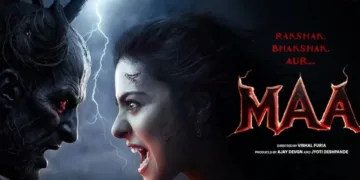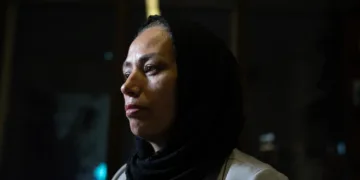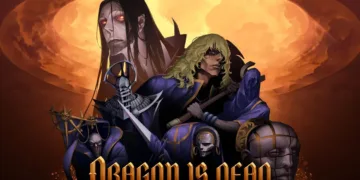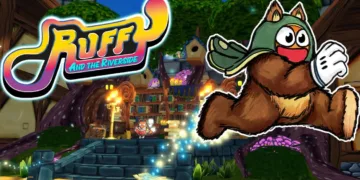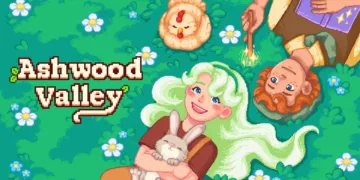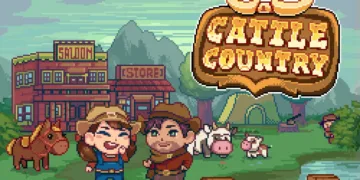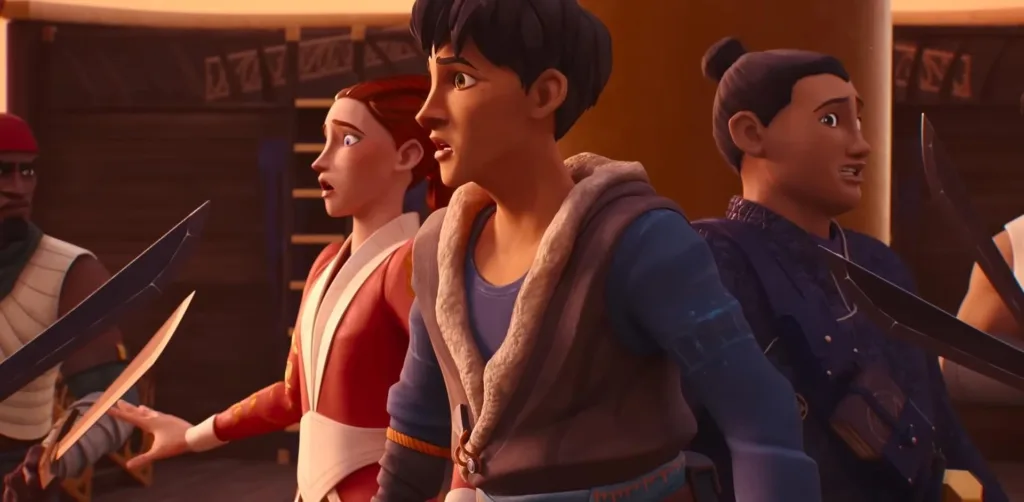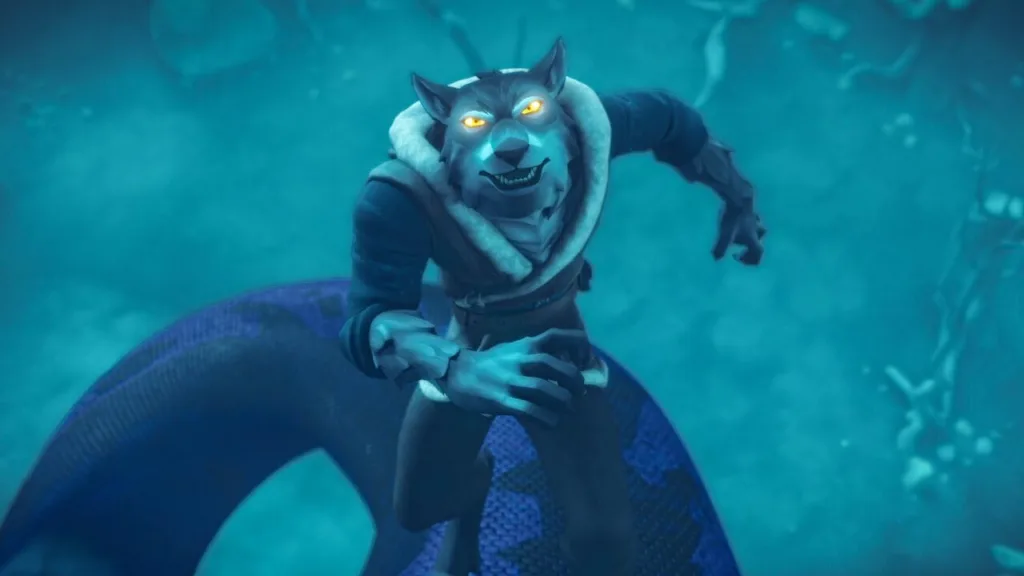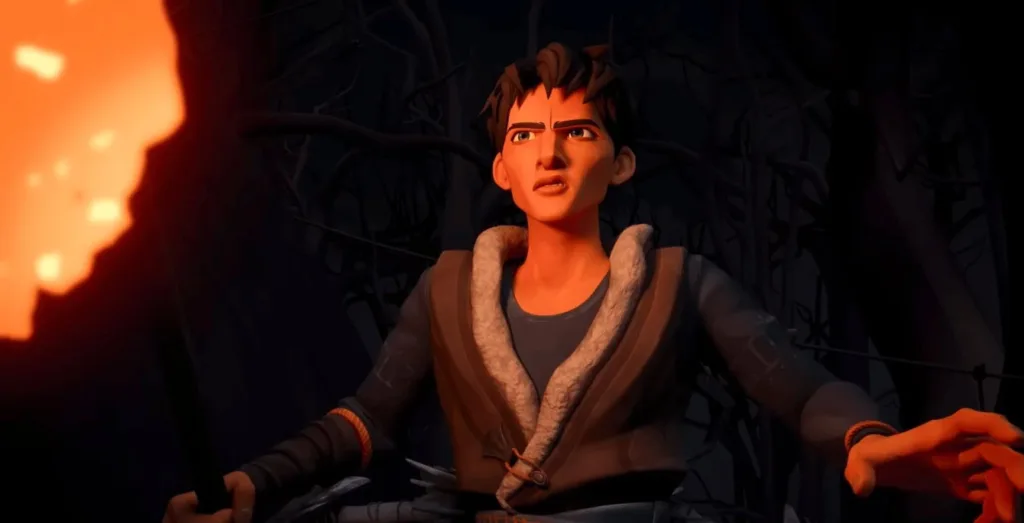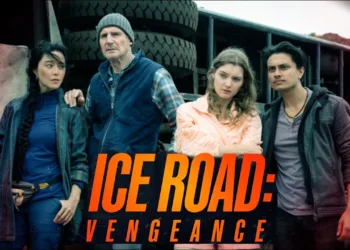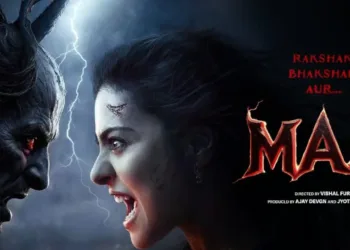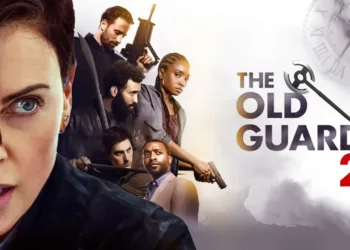Wolf King emerges as an imaginative animated British fantasy adventure that reshapes a familiar myth into a narrative bursting with energy. Adapted from the Wereworld novels by Curtis Jobling, this series combines elements of coming-of-age, action, fantasy, and adventure.
The narrative launches with Drew Ferran facing an unexpected revelation about his origins, as a sudden transformation shifts his reality and sets the stage for a conflict that reexamines traditional roles and expectations.
Drew, the young lead, finds himself in a situation that tests both his strength and sense of identity. His startling change quickens the pace, setting off events that leave little room for delay. Supporting characters, such as the resolute scout Whitley and the experienced mentor Duke Bergan, play essential roles in challenging long-held familial and societal views. The presence of secondary figures, including Drew’s father and brother, deepens the unfolding drama.
The series reflects current trends on streaming platforms through its brisk narrative and deliberate mix of action and softer moments. Its portrayal of shifting media culture and representation speaks to ongoing discussions in society about fairness and inclusion. Wolf King connects with younger viewers while also offering mature layers that engage audiences attentive to changes in social narratives and media portrayals.
Narrative Pulse and Plot Development
From its opening moments, Wolf King sets a brisk pace with a striking scene under a moonlit sky that signals impending change. The early visuals introduce a charged atmosphere as Drew’s latent abilities surface amid a critical moment of loss, initiating a chain of events that immediately reshapes the narrative landscape. This opening moment, marked by a dramatic shift in Drew’s nature, swiftly establishes a high-stakes scenario that holds the viewer’s attention.
The turning point arrives when Drew undergoes a sudden transformation during an attack that irreversibly alters his life. His mother’s final words propel him toward Brackenholme, launching a quest that leaves no time for hesitation.
Each episode presents a new setting or challenge, with the storyline rapidly moving through varied environments and confrontations. This approach mirrors current trends in streaming television, where fast-moving plots and episodic surprises engage audiences looking for both consistency and innovation.
The storytelling alternates between dynamic, action-driven sequences and quieter moments that expose Drew’s inner conflicts. The pace is unrelenting, yet the narrative carefully carves out spaces for personal reflection. Here, the shift from an ordinary teen to a figure burdened with unexpected duty is portrayed through a series of escalating encounters—ranging from high-energy chases to more intimate confrontations with his own identity.
Supporting characters contribute significantly to the texture of the story. Figures like Whitley and Duke Bergan are not mere side notes; they offer contrasting perspectives that illuminate different facets of a society in change.
Their presence deepens the exploration of social roles and the distribution of power within the kingdom. The methodical progression from a personal tragedy to a broader societal conflict suggests a reimagining of traditional plots in favor of narratives that reflect ongoing discussions about representation and social shifts.
This structure, with its rapid succession of challenges and calculated pacing, challenges the conventional slow-burn format and signals a new direction for televised storytelling on streaming platforms.
Mythos and Setting: Crafting a Living Kingdom
Wolf King presents a detailed world that pulls viewers into the divided kingdom of Lyssia. This land is segmented into several distinct regions, each governed by its own animal clan—Wolves, Lions, Rats, Bears, and others. The setting itself tells a story, one where a once unified territory splintered following the seizure of power by the Lion faction. This rupture mirrors modern discussions about fractured communities and the struggle for power that can mirror real-world scenarios.
The series introduces ancient legends that inform its current events. The mythos revolves around power struggles steeped in old traditions, with the Wolf emerging as a symbol of rightful authority and a beacon of fairness. The narrative leverages age-old prophecies, transformative myths, and powers thought to have faded with time, breathing life into the familiar “lost heir” motif. These elements contribute to a layered story that challenges viewers to reflect on ideas of legacy and the responsibility tied to authority.
Lyssia’s society is carefully structured, with each clan representing distinct social hierarchies and value systems. Historical treachery and political maneuvering are not left in the background but form the backbone of the present conflict.
The animal clans carry symbolic weight, their traits and roles offering a visual shorthand for varying ideologies and power dynamics. The series presents these symbols with a touch of irony, hinting that the mechanisms of control in Lyssia might be as arbitrary as they are dramatic.
The production design pays close attention to setting details, whether it is the quaint charm of Motley or the ominous atmosphere of Brackenholme and the shadowy Dyrewood. Every location is meticulously crafted, lending the narrative a visual richness that deepens the emotional impact of the plot. This detailed approach to world-building not only anchors the storyline but also mirrors ongoing cultural debates over representation and the portrayal of power structures in media.
Animation, Visual Style, and Technical Aspects
The animation in Wolf King exhibits a refined synthesis of 3D techniques that occasionally mimic the appearance of hand-painted scenes. The creative team blends modern digital methods with classical artistry, resulting in a display that is both energetic and visually layered. Character designs and environmental details are executed with care, presenting a host of expressive models and richly detailed settings that capture the essence of a storied fantasy world.
Lighting and color selections serve as essential tools, shaping moods that match the brisk tempo of combat as well as quieter moments of introspection. Carefully planned compositions highlight dramatic exchanges while spacious vistas remind viewers of the series’ grand scope. The cinematic quality of each frame reveals a deep commitment to visual narrative, with dynamic camera angles that lend excitement to high-speed sequences.
Fight scenes stand out with their precise choreography, where camera work accentuates each movement with clarity and impact. Rapid cuts and meticulously timed sequences underline the physical prowess on display, while the editing intersperses bursts of action with pauses that allow character expression to emerge. Sound design complements this visual feast, reinforcing key moments with a robust audio layer that intensifies the dramatic tension.
Art direction benefits from the use of expansive shots that capture sweeping landscapes and intimate details alike, reinforcing the series’ ability to shift from epic battles to personal encounters without losing narrative focus. The visual strategy includes experimental sequences that offer painterly aesthetics, hinting at fresh approaches that might influence future productions on streaming services.
Occasional technical inconsistencies, such as slight jitter during fast sequences, serve as reminders of the challenges that come with merging diverse animation styles. These moments are minor compared to the impressive execution found throughout the series, suggesting that Wolf King could shape future animated storytelling with its bold visual choices and inventive approach to design.
Character Dynamics and Voice Excellence
Drew Ferran transforms from a typical adolescent into a hesitant hero as he confronts the reality of his heritage. His internal battles and the weight of unexpected responsibilities drive the unfolding drama, inviting viewers to question the cost of power and duty. Drew’s struggle is portrayed through subtle shifts in his tone and expressions, reflecting his uncertain progress toward accepting a destiny steeped in complexity.
Supporting figures add their own distinct textures to the narrative. Whitley stands out as a determined companion whose own story unfolds alongside Drew’s, providing balance between wit and resolve.
Mentor figures such as Duke Bergan contribute both guidance and a sense of tradition, while a cast of secondary characters introduces moments of levity and insight without overshadowing the central conflict. These interactions, whether fraught with familial tension or marked by alliances formed in the crucible of crisis, enrich the tapestry of character relationships and enhance the emotional landscape of the series.
The voice cast delivers performances that imbue each character with authenticity and spirit. Energetic exchanges among the actors create scenes charged with palpable chemistry, deepening the impact of both dramatic and lighter moments.
The vocal portrayals succeed in conveying nuanced shifts in mood, underlining the personal stakes embedded in every interaction. Through carefully crafted dialogue and expressive performances, the series invites viewers to witness the evolving interplay of loyalty, rivalry, and self-discovery.
Themes, Tone, and Emotional Impact
Wolf King examines issues of destiny, identity, betrayal, and the heavy cost of legacy through a modern animated lens. Drew’s sudden change and the resulting disruption in his life act as a microcosm for discussions on personal responsibility and societal pressure.
The well-worn “rightful heir” narrative is reinterpreted here, inviting viewers to consider how personal hardships intersect with broader societal roles, and questioning familiar narratives while celebrating the courage needed to redefine one’s place in a shifting world.
Scenes such as the loss of Drew’s mother and his inner conflict following his transformation hit hard, offering moments that evoke genuine empathy. These dramatic beats are balanced by quieter, introspective intervals, which provide room for character insight amid the rapid-fire action. The series injects sporadic humor into its darker scenes—a playful nod to the entertainment industry’s tendency to overlook subtle emotional layers in favor of spectacle—adding a refreshing counterpoint to its heavier themes.
The tone maintains a careful equilibrium between somber reflection and spirited adventure. Fast-paced sequences coexist with intimate character moments, ensuring that the storytelling remains dynamic yet rich in emotional nuance.
This balance reflects current shifts in televised narratives on streaming platforms, where traditional story arcs are reexamined under the lens of contemporary social issues, inviting viewers to reconsider the familiar tropes of power, betrayal, and personal growth in an ever-evolving media landscape.
The Review
Wolf King
Wolf King offers a fast-paced animated experience that reexamines familiar tropes with fresh visuals and strong character arcs. It skillfully mixes high-energy action with thoughtful moments, mirroring current shifts in storytelling and representation. The series makes a notable impact on fantasy narratives in the streaming era, with detailed animation and engaging character journeys that set it apart.
PROS
- Engaging, fast-paced narrative
- Visually striking animation
- Thought-provoking themes
- Complex character development
- Effective balance of action and reflection
CONS
- Occasional pacing issues
- Familiar tropes with a modern twist
- Moments of uneven character focus



























